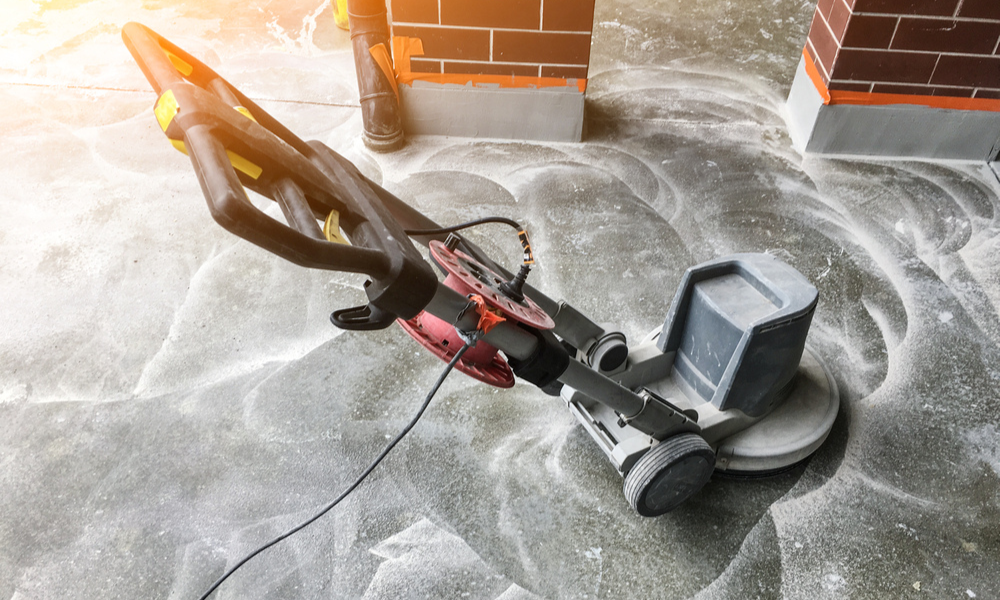Concrete surfaces are a reliable and stylish choice for driveways, patios, and walkways, but even the toughest materials need some TLC to stay in top shape. Over time, weather, traffic, and daily use can take a toll. With a little effort and regular maintenance, you can keep your concrete looking fresh and lasting longer. Let me share my go-to strategies for year-round care.
What You’ll Learn in This Guide
- Why regular maintenance is essential for concrete surfaces.
- Seasonal care tips to protect your investment.
- Common maintenance tasks you can tackle yourself.
- When to call in the pros for repairs or sealing.
- Mistakes to avoid to ensure lasting results.
Why Maintenance Matters
Taking care of concrete isn’t just about looks. Neglecting it can lead to cracks, discoloration, and even structural issues. Here’s why regular maintenance is key:
Preventing Damage: Cracks and chips let moisture seep in, which can cause further cracking during freeze-thaw cycles.
Aesthetic Appeal: Regular cleaning and sealing keep your concrete looking polished and fresh.
Extending Lifespan: A well-maintained surface can last decades longer, saving you money in the long run.
Seasonal Concrete Maintenance Tips

Spring
Inspect your concrete for cracks that may have formed during winter. Even small ones can become big problems if left unattended.
Power wash to remove dirt, grime, and winter residue.
Reseal if it’s been a few years since the last application to prepare for the summer heat.
Summer
Seal your concrete to protect against UV rays and extreme heat, which can cause fading and cracking.
Sweep away dirt and debris regularly, especially in high-traffic areas.
Address early signs of wear, like surface chips or small cracks, to prevent further damage.
Fall
Clear leaves and organic debris to prevent staining and mold growth.
Fill in any cracks to keep water out during winter’s freeze-thaw cycles.
Clean and store furniture or heavy objects that could scratch the surface.
Winter
Avoid using salt-based de-icers, which can damage concrete. Opt for sand or shovel snow manually instead.
Raise snow blower blades to prevent scratching the surface.
Check for water pooling and address drainage issues to avoid surface stress.
General Maintenance Tasks
1. Regular Cleaning
Concrete is porous, so liquids can seep in and cause stains. I recommend cleaning up spills immediately and giving surfaces a regular scrub with soap and water. For tougher stains, try baking soda or vinegar—but avoid harsh chemicals that could degrade the surface.
2. Resealing
Sealing concrete protects it from moisture, UV rays, and stains. Depending on the type of sealer you use:
Acrylic-resin sealers last about two years.
Penetrating sealers can go up to ten years.
Applying a fresh coat is quick, affordable, and makes a big difference in durability.
3. Repair Cracks Early
Even minor cracks can lead to bigger issues. Use a concrete filler to patch them up as soon as you notice them. For larger cracks or structural concerns, it’s best to call a professional.
4. Prevent Damage from Heavy Impact
Avoid dropping heavy objects or dragging sharp items across the surface. These actions can weaken the concrete and create chips or scratches.
DIY vs. Professional Help

What You Can Handle Yourself
Cleaning with soap and water or mild cleaners.
Filling small cracks with a store-bought concrete filler.
Applying sealer to protect against stains and wear.
When to Call a Professional
Large cracks or sinking sections that require leveling.
Resealing or recoating if the surface is large or complex.
Significant discoloration or surface erosion that needs expert attention.
A professional can ensure the job is done efficiently and with the right materials for your surface.
Mistakes to Avoid
- Using Harsh De-icers: Stick to sand for traction and avoid chemicals that could degrade the surface.
- Ignoring Small Cracks: Even hairline cracks can grow if water seeps in and freezes.
- Skipping Resealing: Over time, an unsealed surface will absorb moisture and stains, leading to faster deterioration.
- Overwashing with High-Pressure Washers: While pressure washing can clean surfaces effectively, avoid using it near existing cracks, as it can worsen them.
FAQs About Concrete Maintenance
How often should I seal my concrete?
Typically, sealing every 2–3 years is sufficient. However, heavy traffic or harsh weather may require more frequent resealing.
Can concrete be repaired after it cracks?
Yes! Small cracks are easy to fix with fillers. Larger cracks may need professional intervention.
What’s the best way to prevent stains?
Seal your concrete regularly and clean spills as soon as they occur. For extra protection, use mats or rugs in high-traffic areas.
Is pressure washing safe for all concrete?
It’s generally safe, but avoid excessive pressure near cracks or weak spots to prevent further damage.
Final Thoughts
Maintaining concrete surfaces doesn’t have to be complicated or expensive. With regular cleaning, sealing, and a few seasonal precautions, you can keep your concrete looking great for years. Whether it’s your patio, driveway, or walkway, taking small steps now will save you time and money down the road.
Start with these simple tips and tackle issues as they arise. If in doubt, don’t hesitate to reach out to a professional for help. Your concrete is an investment—protect it with proper care, and it’ll reward you with lasting beauty and durability.




